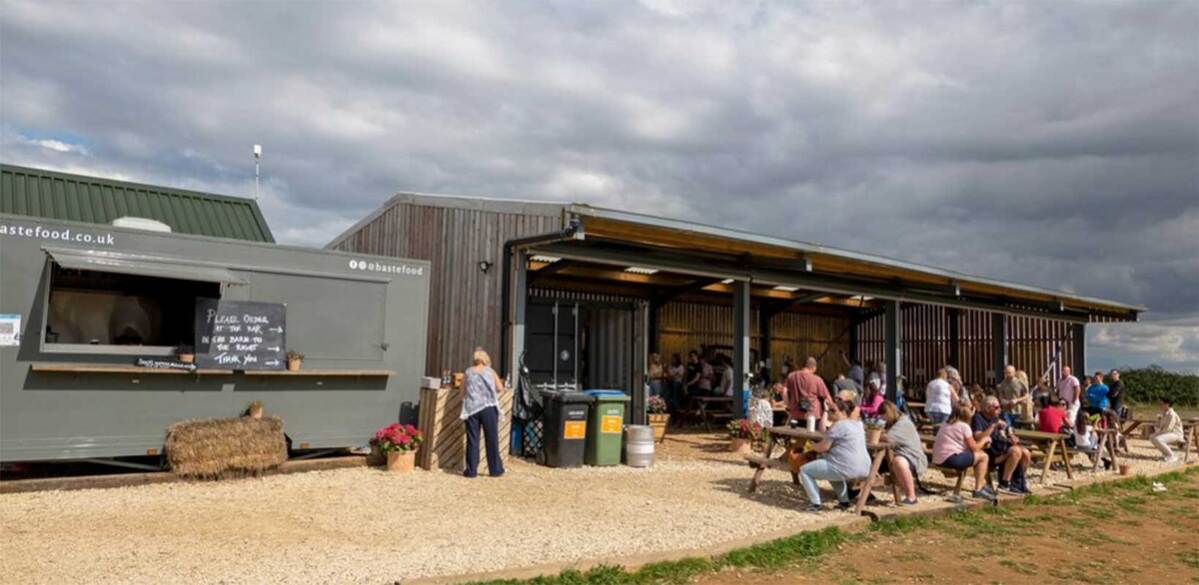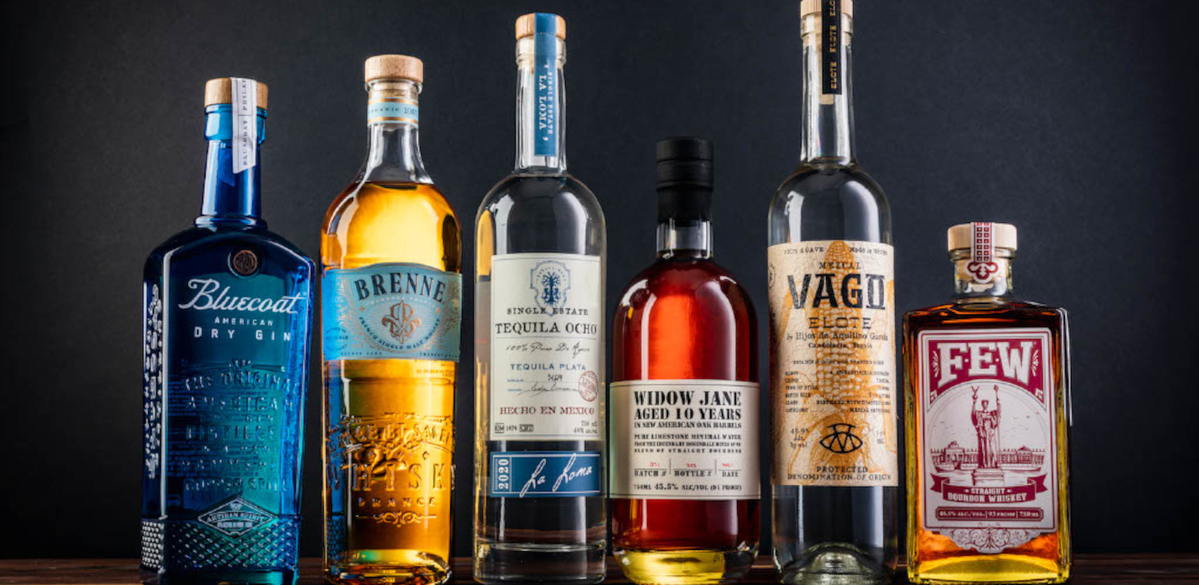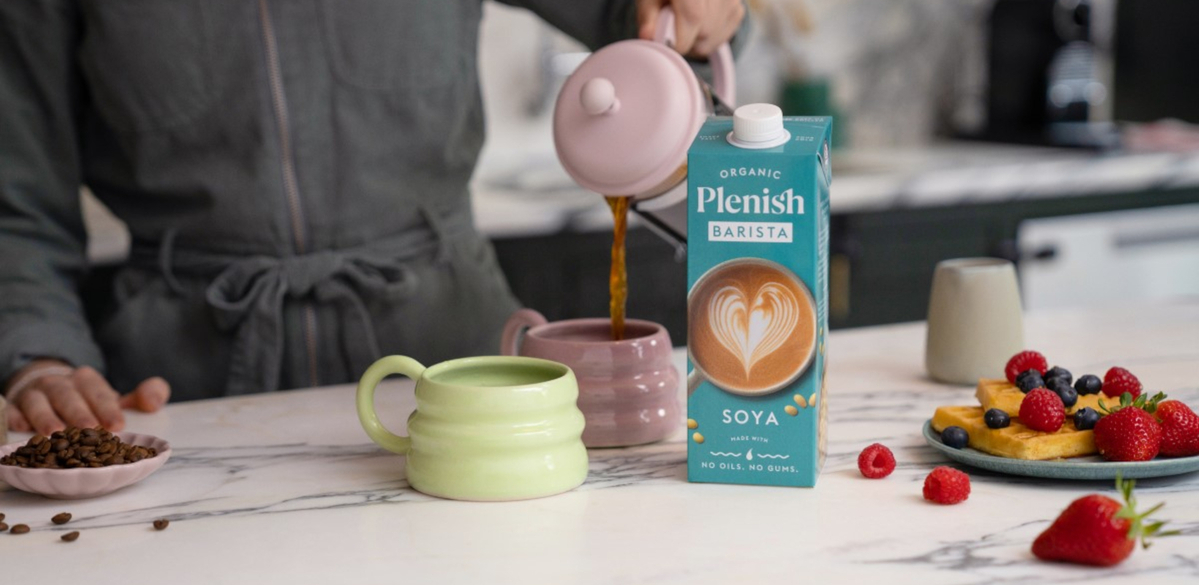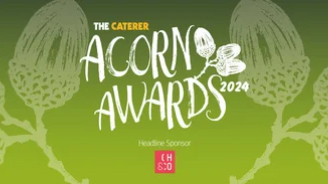Creating a menu
Creating a sound menu is one of the chef and restaurateurs' most important jobs.
It is usually the main means of selling food to customers and the main document that directs and controls the operation of the restaurant.
It determines:
• the ingredients that are going to be purchased
• the cost of the dishes
• the staff and other resources required to produce the food
• the type of service required.
It is essential, therefore, that the menu is both enticing and informative.
What to consider
Location Consider the area where the restaurant is situated and the type of food that will appeal most. Does a city centre require a menu that can be served quickly? Is a heartier, more leisurely food preferred in the heart of the country? Is the location affluent, where a fine dining menu would flourish or a student quarter, where a bistro-style menu would do better? Consider regional, speciality foods, if appropriate.
Competition Be aware what nearby restaurants are offering in terms of style, price and quality and aim to produce something a little different.
Customer spend per head
Customer spend per head needs to be taken into consideration when pricing individual dishes as the total figure should be regarded as offering value for money, whatever style of menu is offered. A fair price will create customer satisfaction which, in turn, will lead to recommendation and repeat business.
Customer requirements
Find out what customers prefer when considering whether to include traditional or more fashionable dishes. Remove unpopular dishes from the menu.
Style of menu
Decide whether to offer an à la carte menu with each dish priced individually or a set price menu offering two or more courses. The set-price menu could have a supplement for more expensive dishes or you could offer a selection of set menus with a range of different prices.
Space and equipment in the kitchen
Staff Consider number, availability and capability of both chefs and service staff.
Supplies Is there ready availability of seasonal supplies and sufficient storage space for dry and perishable goods?
Food allergies
Dishes containing the most common ingredients to cause food allergies â" such as eggs, fish, shellfish and nuts â" should be identified on all menus.
Food Labelling (Amendment) Regulations 1999Â Dishes containing genetically modified (GM) soya or maize must be clearly labelled.
Cost Ensure the correct cost of each dish is achieved and you will help determine the success of a menu.
Planning the menu When planning a menu you should consider:
â¢Â The time of year â" dishes acceptable in summer, eg chilled soup, will not be suitable for winter.
â¢Â Availability of seasonal ingredients â" seasonal ingredients are usually plentiful and reasonable in price.
â¢Â Special occasions â" special dishes at Christmas, Easter and on Valentineâs Day.
â¢Â Special requirements, such as vegetarian choices.
â¢Â Sensible nutritional balance â" ensure this is present in individual dishes and throughout the menu.
â¢Â Variety of ingredients, seasonings, textures and colours from dish to dish.
â¢Â Balance of rich luxury ingredients such as foie gras and truffles alongside cheaper ingredients such as potatoes.
â¢Â A mix of cooking techniques such as grilling, braising and steaming.
â¢Â Offering fewer dishes of a good standard rather than an extensive list of dishes of indifferent quality.
Menu language â¢Â Menu copy should be easily legible and well spaced.
â¢Â Use English, except for the case of certain national dishes, eg moussaka. Certain menu terms should not be translated, such as consommé.
â¢Â Ensure main ingredients of each dish are included in descriptions.
â¢Â Ensure clear pricing.
â¢Â Give emphasis to special dishes or menus by using boxes or different colour print.
â¢Â Simplicity is usually better than over-elaborate copy as it is clearer and avoids disappointment that may occur when a dish is served.
Â
Menu descriptions
Menu descriptions of ingredients and cooking terms should always be true and not mislead the customer.
Under the Trades Description Acts of 1968 and 1972 it is a criminal offence to give incorrect descriptions of dishes. Be particularly careful about using words such as British, home-made, fresh or organic. The Soil Association advises that a restaurant should be certified as organic to be able to use the word organic on menus. Local trading standard offices can provide advice on correct wording.

















